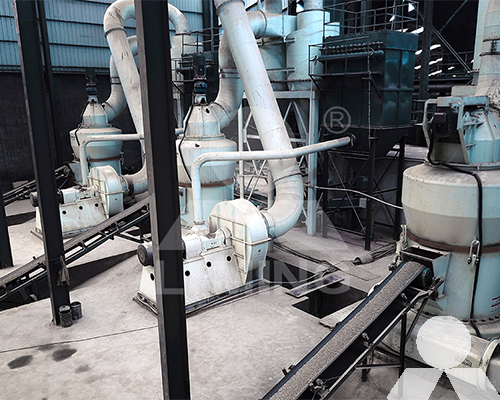Prices of vibrating feeder and raymond mill machines in civil engineering
In the realm of civil engineering, various machinery and equipment play pivotal roles in construction and material processing. Two essential components of this machinery are vibrating feeders and Raymond grinding mills. In this article, we will delve into the pricing aspects of these vital tools, shedding light on their importance and the factors influencing their costs.

Vibrating Feeders
Vibrating feeders are indispensable in many construction and industrial settings, primarily used for bulk material handling. These machines efficiently convey, meter, and distribute various materials, such as aggregates, minerals, and chemicals. The cost of vibrating feeders can vary significantly, influenced by several key factors:
- Capacity: The size and capacity of the vibrating feeder directly impact its price. Larger capacity feeders tend to be more expensive due to the enhanced engineering and materials required to handle larger loads.
- Build Quality: High-quality materials and robust construction increase the longevity and reliability of vibrating feeders. Investing in better build quality often comes with a higher initial cost but can save money in the long run through reduced maintenance and downtime.
- Features and Customization: Vibrating feeders can come with a range of features and customization options, such as adjustable speed, feed control, and material compatibility. These additional functionalities can affect the overall price.
- Brand and Supplier: The reputation and expertise of the manufacturer or supplier can impact the pricing. Well-established brands may command higher prices due to their track record of reliability and customer support.
On average, a standard vibrating feeder for civil engineering applications can range from a few thousand to tens of thousands of dollars, depending on the specific requirements.
Raymond Grinding Mills
Raymond grinding mills are vital in the civil engineering field for pulverizing materials like limestone, gypsum, and various minerals into fine powders. The cost of Raymond mills can be influenced by several factors:
- Size and Capacity: Larger Raymond mills with higher processing capacities tend to be more expensive. The scale of the mill should align with the production needs of the project.
- Grinding Efficiency: Mills with advanced grinding technologies and higher efficiency features may come at a premium price. These features can significantly impact the quality and quantity of the final product.
- Maintenance and Durability: Raymond mills that require less frequent maintenance and have a longer lifespan typically have a higher initial cost but offer better long-term value.
- Brand and Reputation: As with vibrating feeders, the reputation of the manufacturer plays a role in pricing. Established brands known for quality and reliability may have higher price points.
- Additional Accessories: Costs can also increase if additional accessories or features such as dust collection systems or advanced control systems are required.
In conclusion, the pricing of vibrating feeders and Raymond grinding mills in civil engineering applications can vary widely based on a range of factors, including capacity, build quality, customization, brand reputation, and additional features. When selecting these essential tools, it’s crucial to carefully consider the specific project requirements and budget constraints. While initial costs are important, long-term reliability and efficiency should also be taken into account to ensure the success of civil engineering projects.








